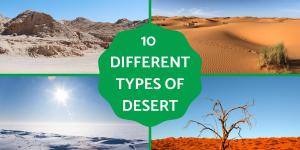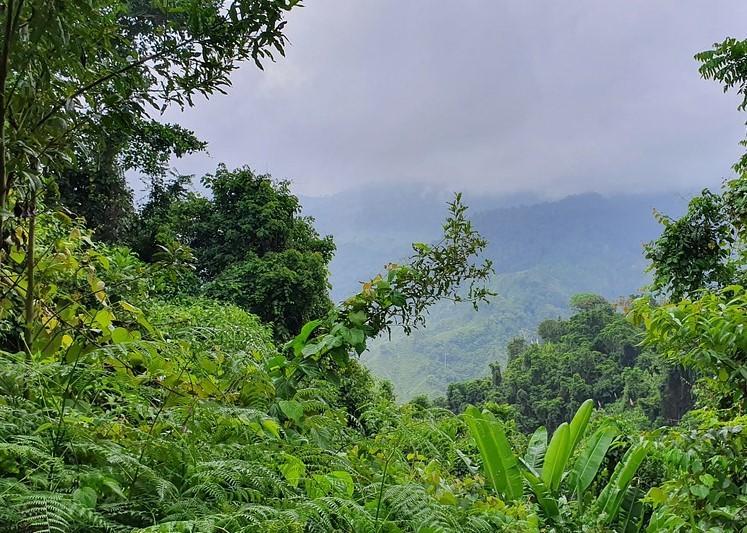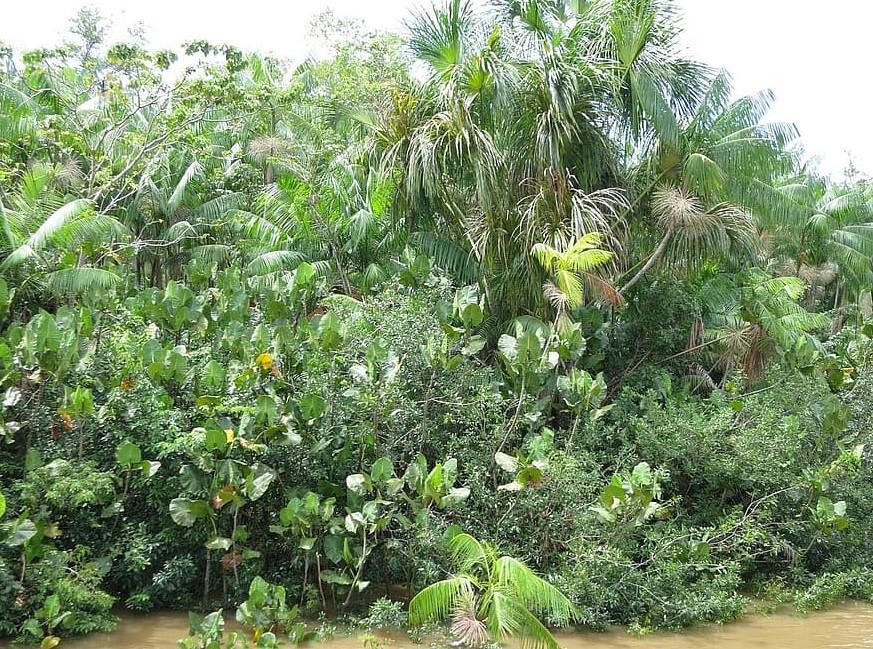Different Types of Jungles - Examples With Photos


We often confuse the terms jungle and forest, but this is because they are closely related. A jungle is a type of dense forest, usually found in tropical or subtropical regions. This is why we often associate jungles with tropical rainforests since they are one of the densest types of jungle forest. A helpful way to think about it is that all jungles are forests, but not all forests are jungles. There are characteristics common to all jungles, but they are also a diverse type of ecosystem. It is for this reason thedailyECO considers the different types of jungles we can find in the world. We look at examples of jungle types with photos to get a better idea of how jungle ecosystems work.
What is the jungle?
The jungle is a bioclimatic forest landscape that presents a large amount of rainfall, abundant vegetation and a warm climate. Its categorization can be a little difficult, often being seen as a more colloquial than scientific term. However, it is a helpful term because it is used to refer to forested areas which share certain characteristics. Such characteristics of jungles include the following:
- Its location occurs at different latitudes, being most abundant in the areas of the Tropic of Cancer and the Tropic of Capricorn.
- Jungles occupy around 6% of the entire surface of the planet Earth.
- There is abundant rainfall, usually measuring between 1,500 and 2,000 mm per year. This water is necessary to sustain the large amount of plant mass found in jungles. Furthermore, humidity favors the decomposition of organic matter present in the soil. If we move closer to the equator, up to 3,000 mm of rain can occur annually.
- They have abundant bodies of water thanks to constant rains.
- The temperature of the jungle located in the tropical zone ranges between 27 ºC and 29 ºC (81-84 ºF). If we move greater than 400 meters above sea level or to subtropical latitudes, it decreases to around 22 ºC (72 ºF). Mountain jungles, also called high altitude jungles, can drop a little further to 17 ºC (63 ºF).
- Jungle vegetation and jungle animals represent two-thirds of the total biodiversity on the planet. We also need to take into account the fact there are still many species yet to be identified and discovered. Learn about the types of plants and animals living in temperate forests with our related guide.
- They are great generators of oxygen and also function as important ecological refuges. This is not to mention to human communities living in and around jungles such as the indigenous tribes of the Amazon.
- Jungles have a 4-layer structure made up of the ground, understory, canopy and emergent.
- Jungles are seriously threatened by the logging industry, illegal mining and intensive agriculture and livestock farming.
Regarding the different types of jungles, these can be classified based on their altitude, humidity and latitude. Before we look at each of these types of jungle classification, you may want to learn more background by reading our article on what are jungle ecosystems?
Types of jungle according to altitude
We have mentioned the categorization of jungles depends on different criteria. We begin by looking at the different types of jungles according to altitude:
- Basal or plain jungle: these are jungles located between 0 and 1000 meters above sea level. Being this close to sea level, they often flood and can become swampy territories. It is also possible for sediments to alluvial forest. Learn more about how alluvial plains are formed in our related guide.
- Montane forest jungles: as the name suggests, these types of jungle are located at a much higher altitude, usually ranging between 1,000 and 2,200 meters above sea level. When they have cloud cover, they are also known as cloud forest jungles. They have very abundant biodiversity and moisture condensation. There are also mountainous forests in the subtropical region, although they are found at a lower altitude of between 500 and 1,300 meters above sea level.
- Gallery jungle: they are typical of intertropical zones, surrounding humid areas such as lagoons and rivers of the plains of the Savannah.
The photo below shows an image of a montane forest jungle.

Types of jungle according to humidity
Altitude is not the only criteria for type of jungle categorization. The following at the different types of jungle according to their humidity levels:
- Superhumid jungle: in tropical jungles there is a rainfall range of about 2,000 mm per year and 4,000 mm. It usually has rainy climates that make the foliage verdant all year round, although there can be periods of drought in which part of the foliage is lost. This is rarely more than 25% it can recover quickly. You can see a superhumid jungle in the photo below which represents the dense vegetation.
- Humid jungle: in the dry season the foliage lost is in the range between 25% and 50% so the loss is partial. Precipitation for the subtropical forest ranges between 1,000 and 2,000 mm per year and in the tropical forest between 2,000 and 3,000 mm per year.
- Subhumid jungle: also called dry jungle, these jungle types have both dry and humid periods. In the dry seasons, almost all the foliage is lost. In this area the diversity is lower, with the same tree-type species predominating.

Types of jungle according to latitude
If we classify them according to their latitude, the different types of jungle are:
- Equatorial jungle: has an average temperature of 35 ºC (95 ºF), with impressive biological diversity. The The Amazon or the Congo jungle are equatorial jungles.
- Tropical jungle: with temperatures greater than 24 ºC (75 ºF) as an annual average. In addition to being warm, its climate is humid thanks to the convergence of trade winds coming from the north and south.
- Subtropical jungle: in these jungles there are average annual temperatures between 18-24 ºC (66-75 ºF). They have relatively cold winters and warm summers.
- Temperate forest: also known as a laurel forest when they have broadleaf tree species, it has abundant humidity and cold climates.
- Subpolar jungle: also called subpolar rain forest or Magellanic subpolar forests, this jungle is located in glacial lakes and fjord coasts. They have great biodiversity and evergreen vegetation.

Examples of jungles from around the world
Among the most lush and important forests in the world are the Congolian rainforest jungles, located in Africa with approximately 2,000,000 km2 of land across various countries. There is also the Amazon rainforest (also known as the Amazon jungle or Amazonia), located in the heart of South America. It has an approximate area of 5,500,000 km2. Other examples of important jungles are:
- Harapan jungle in Indonesia
- Hawaiian jungles in the United States
- Yanoda jungle in China
- Daintree rainforest in Australia
Since they are also descriptors of types of jungle, you may want to read our articles on what are primary forests and what are secondary forests?
If you want to read similar articles to Different Types of Jungles - Examples With Photos, we recommend you visit our Ecosystems category.








